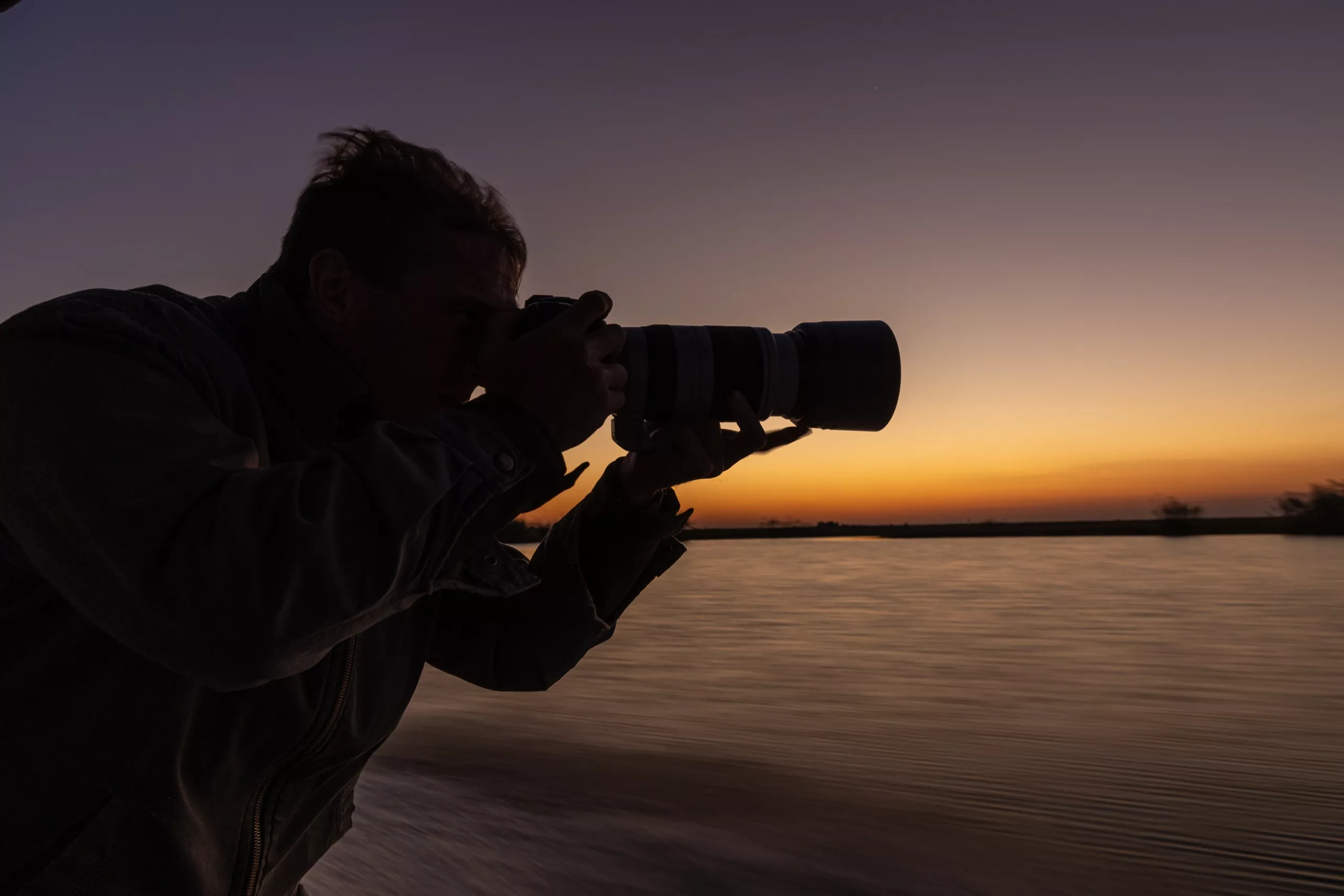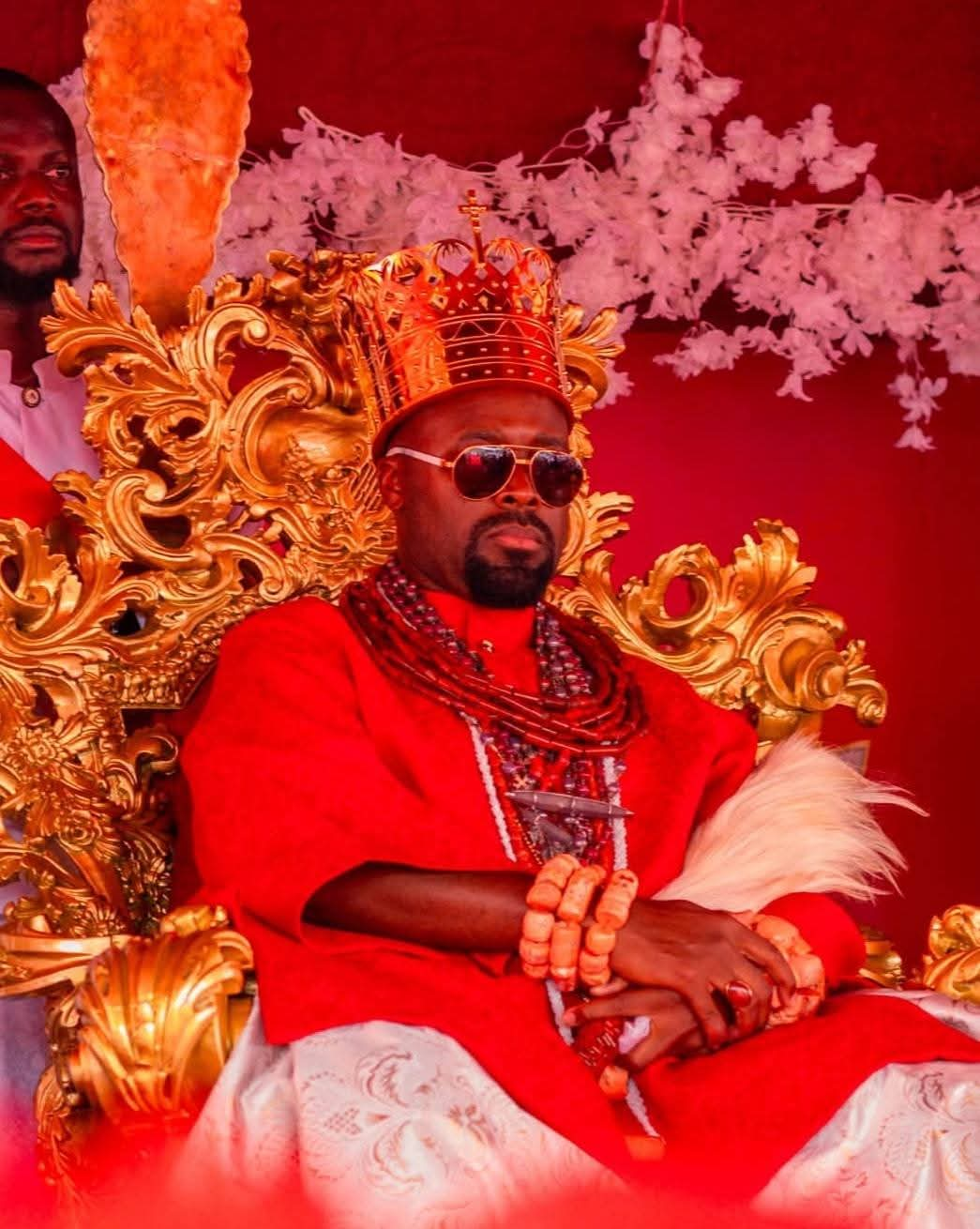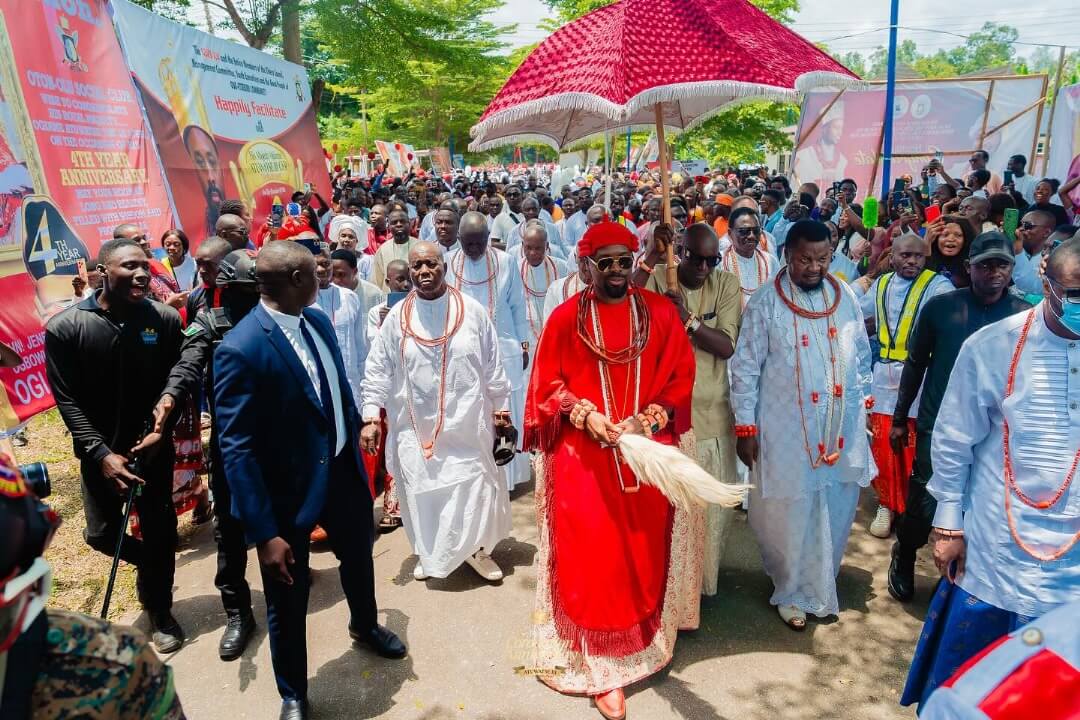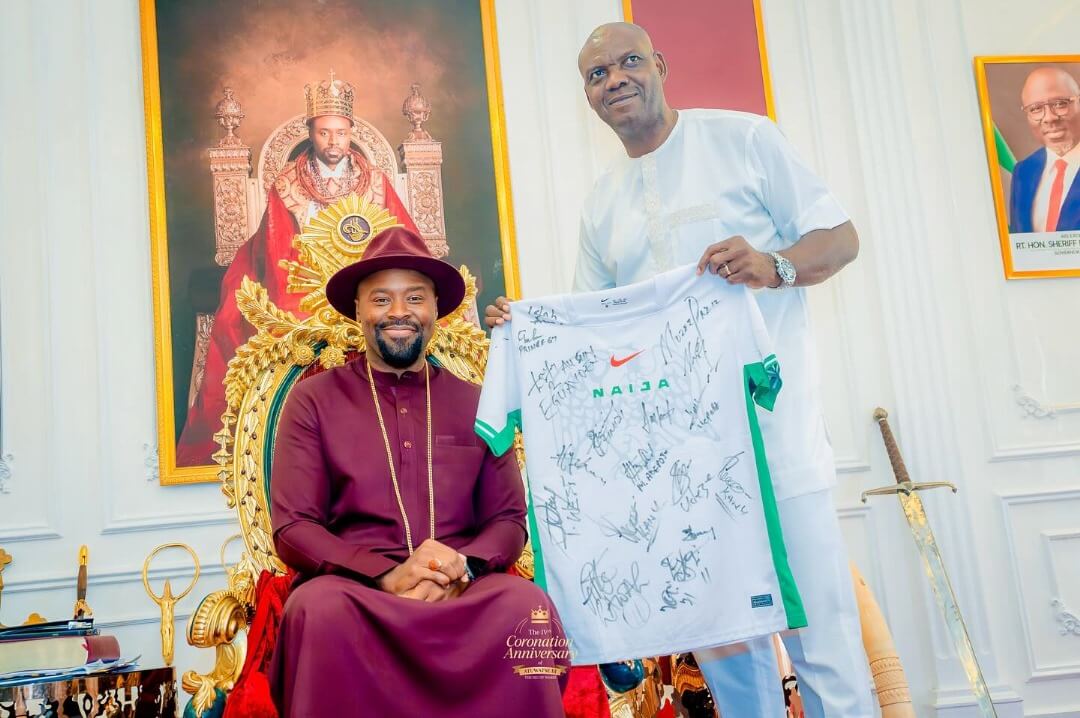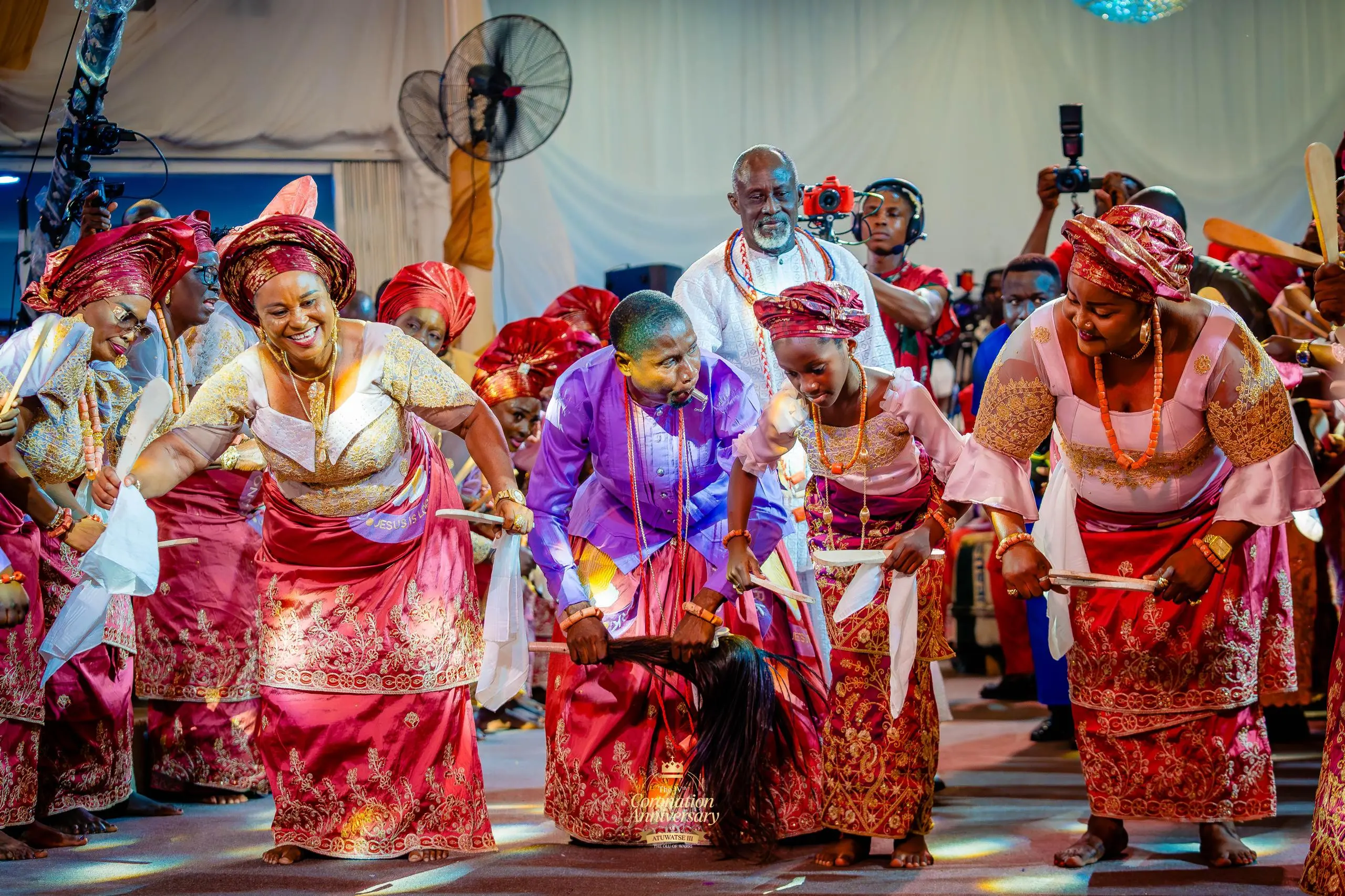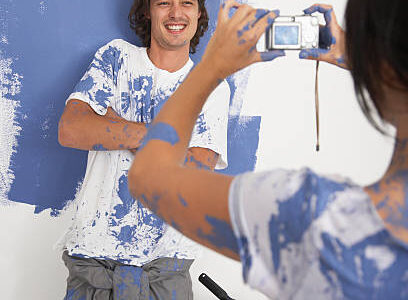- Judith Akatugba
- 0 Comments
- 901 Views
Since photography is such a flexible art, there are many methods we can employ to hone our skills and advance as photographers. Investing time in learning is crucial, regardless of whether you’re searching for experience with Photoshop, studio lighting, or estimating your job.
Read Also: The Best Time to Visit Jamaica
You’ll not only get better at what you do, but you’ll gain confidence as well.
1. BUY ONLY THE CAMERA EQUIPMENT YOU CAN AFFORD
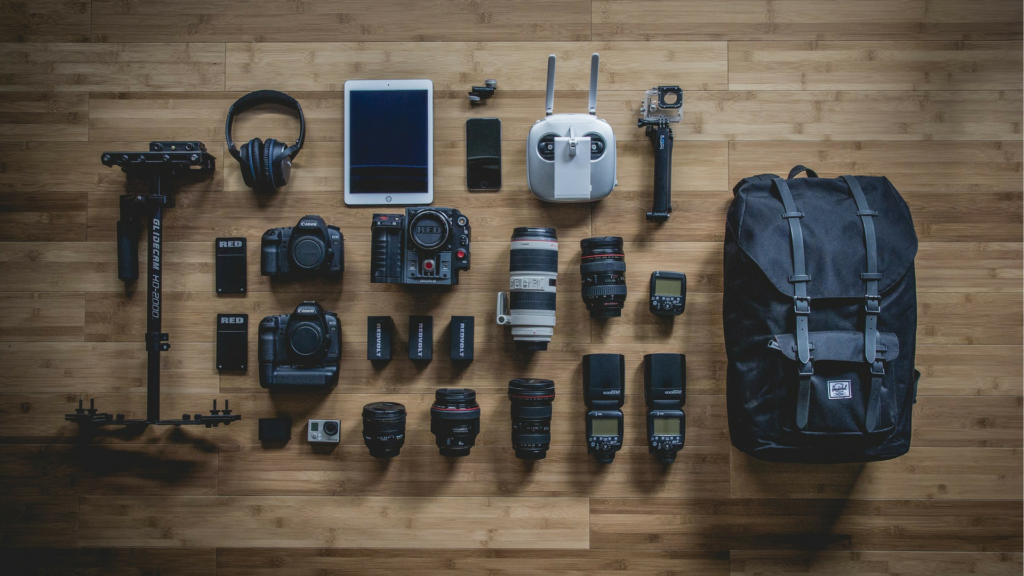
This is a crucial one: invest in the best camera gear you can afford. You can still capture excellent pictures even if the camera, flash, or lens aren’t the best. Taking into debt to pay for unnecessary photography gear is not worth it.
More than the kind of camera you own, your abilities will dictate the kind of picture you take. You won’t need the best camera to get the shots you desire if you understand how yours functions.
2. LEARN YOUR CAMERA’S MANUAL SETTINGS
Although your camera’s Auto mode is useful for rapid point-and-shoot scenarios, practicing manual photography will advance your photographic abilities. This covers exposure, ISO, aperture, and shutter speed.
Investing the necessary time to become well-versed in all the manual settings of your DSLR camera will enable you to operate smoothly during a shoot. As a photographer, you might alter the lighting and settings during a session. This implies that your shooting efficiency will increase with your ability to acquire the desired shot.
3. LEARN THE RULES OF PHOTOGRAPHY, THEN BREAK THEM
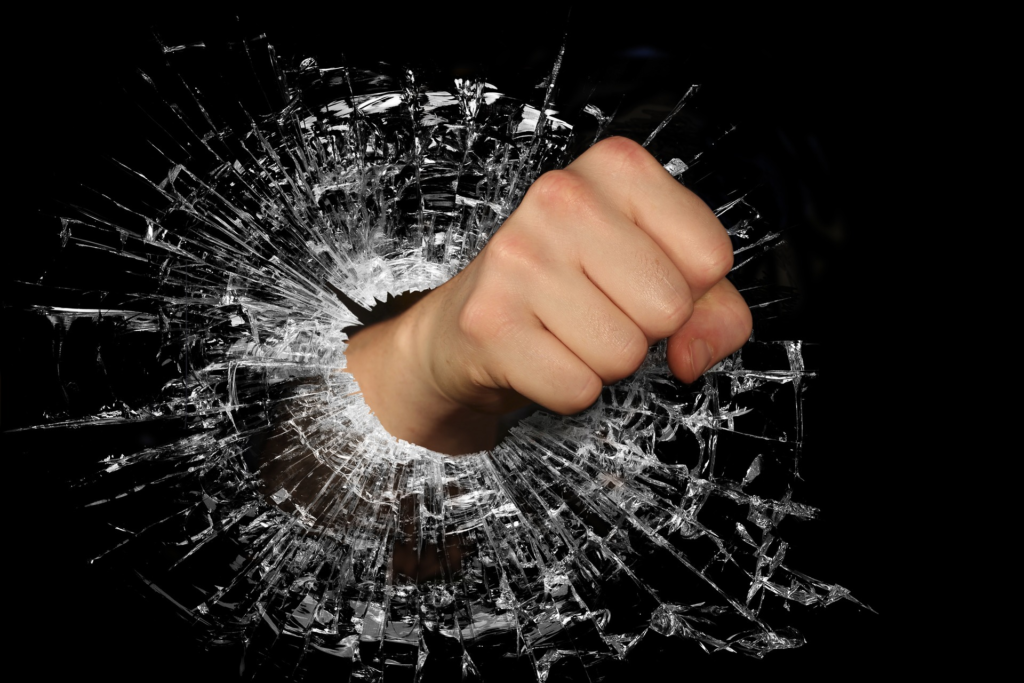
Certain guidelines, such as composition, are generally what you should adhere to when taking pictures. But after you understand all of these guidelines, it may seem restrictive or as like your creative expression is being constrained. Try new things and defy convention! Try writing a piece that might not be effective or that underexposes your topic.
Claude Debussy and Richard Wagner are two of the most well-known composers despite breaking the rules. Photographers Diane Arbus and Philippe Halsman disregarded numerous conventions; two notable examples are Halsman’s famous image of Albert Einstein and Arbus’s identical twins. Not to be overlooked are avant-garde photographer and filmmaker Maya Dere and award-winning filmmaker Abbas Kiarostami, both of whom are hailed for breaking boundaries in their respective fields. Not that becoming famous should be your motivation, but creativity isn’t necessarily constrained by convention.
4. ALWAYS SHOOT IN RAW

Despite their size, raw files offer you the greatest editing options. Depending on your style of photography, you’ll want to capture the image as closely as possible to the intended outcome.
Shooting with RAW gives you the freedom to edit your images further, which makes it the perfect file format for your photography. If your photography conditions were not optimal, editing after the fact is still a terrific approach to work with the image.
5. PRACTICE PHOTOGRAPHY IN DIFFERENT OUTDOOR LIGHTING
Although it can be challenging, shooting outside can provide you with some of the greatest lighting and interesting settings available. As you gain more knowledge about photography and discover your preferred shooting style, don’t forget to practice under various outdoor lighting scenarios.
There are more options for outdoor lighting outside the “golden hour,” such as low light, midnight, and midday. You will be ready for any scenario that arises when you have greater experience in all types of lighting.
6. GET PHOTOGRAPHY STUDIO EXPERIENCE
Getting experience in a studio is crucial to developing as a photographer. Whether using a backdrop or a white wall for your shots, it’s a crucial ability to have. Although the outdoors is an unpredictable place, a studio allows you complete control over background and lighting effects in addition to other elements like wind incorporation.
It’s crucial to acquire the talent of photography, which gives you a lot of flexibility and control in studio settings. If you want to hire a studio for practice, though, they can get pricey. Working around this can be accomplished, for example, by trading, volunteering in a studio in exchange for studio time, or following another photographer. It will pay off even though it might require some ingenuity or money.
7. KNOW YOUR CAMERA LENSES
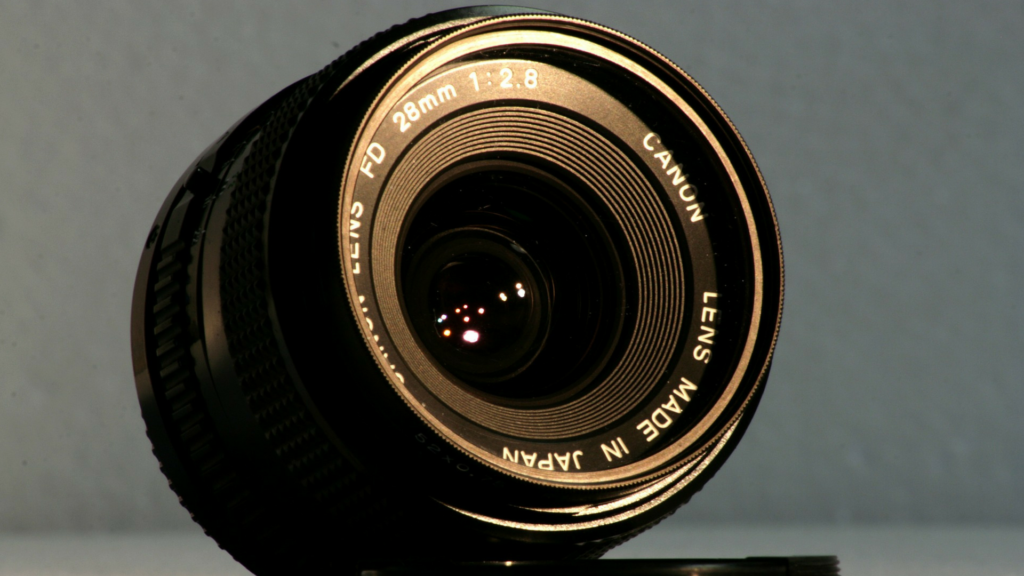
The body of your camera is not the only thing that can help you achieve a great shot. One important piece of gear that will influence the kind of photos you capture is the lens. Your choice and the circumstances of your photo shoot will determine which type you use.
Understanding how each lens functions—from telephoto zoom to wide angle to prime lenses—will help you decide which to buy and how they might improve your photo shoots.
8. LEARN PHOTO COMPOSITION
Knowing the rule of thirds is not the only thing that composes. Your images will stand out when you have good composition. Optimal photo composition involves the use of visual weight, balance, eye-lines, triangles, and single points to create a powerful impact on the spectator.
Some photographers don’t even need to consider composition; it’s a concept that comes naturally to them. It can take some time for others to get it right. If you practice enough, you’ll soon be taking sharp pictures.
9. LEARN PHOTO EDITING SOFTWARE
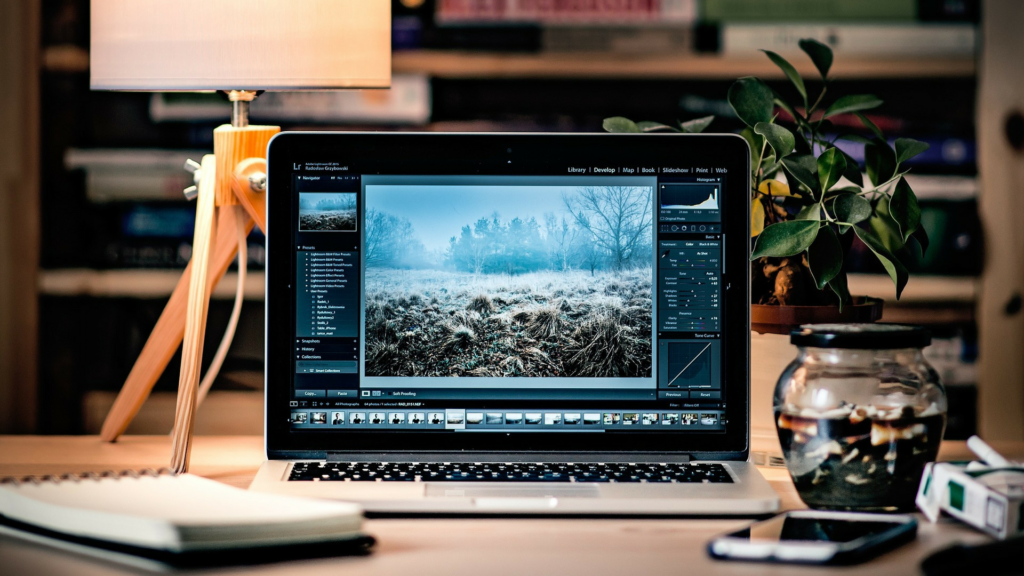
While some photographers prefer not to edit their images, others take pleasure in using Photoshop to create. The answer is mostly up to personal preference; there is no right or wrong response. Nonetheless, having a solid understanding of Photoshop and Lightroom is essential. While some images may require just minor adjustments in Photoshop, others may profit substantially from the time spent on them.
Invest some time in learning the fundamentals of photo modification, whether or not you decide to modify your own images. You never know where your photography will lead you, so picking up these abilities is a good idea.
10. KNOW YOUR VALUE AS A PHOTOGRAPHER
Although it can be difficult to put a figure on, photography is essential if you want to earn a living. It can be difficult to gauge how much to charge as a newbie, but you don’t want to overcharge. However, if you undervalue yourself, you will not get paid what you are worth.
Do your homework because a lot of creatives undercharge for their services. You can avoid undervaluing your services by visiting the websites of other photographers and the Bureau of Labor and Statistics.
11. STUDY OTHER PHOTOGRAPHERS, THEN FIND YOUR STYLE
Observing others is an excellent method to learn. Established photographers can assist you in getting started, whether it’s through a blog post on their technique or the opportunity to observe a nearby photographer.
But you’re also a distinct, autonomous artist, so you have the opportunity to develop a style that is entirely original. While studying others is acceptable and often quite helpful, never forget to be authentic.
The amount of knowledge accessible while learning photography might be daunting. Focus on mastering a few essential abilities rather than trying to study all there is to know. If you usually work in a studio, this could be going outside to photograph, or it could be working on your composition. Don’t be scared to try new things after you understand the guidelines. You might just produce something amazing.
From a white wall and a pre-lit green screen to a variety of facilities, Meets the Eye Studios has everything you need to produce amazing photographs. We offer lots of free parking for you and your group, and we’re only a short drive from San Francisco.


